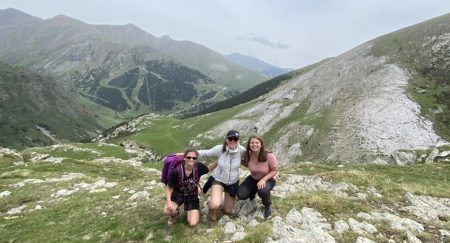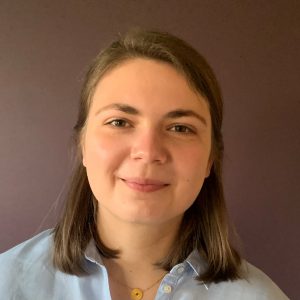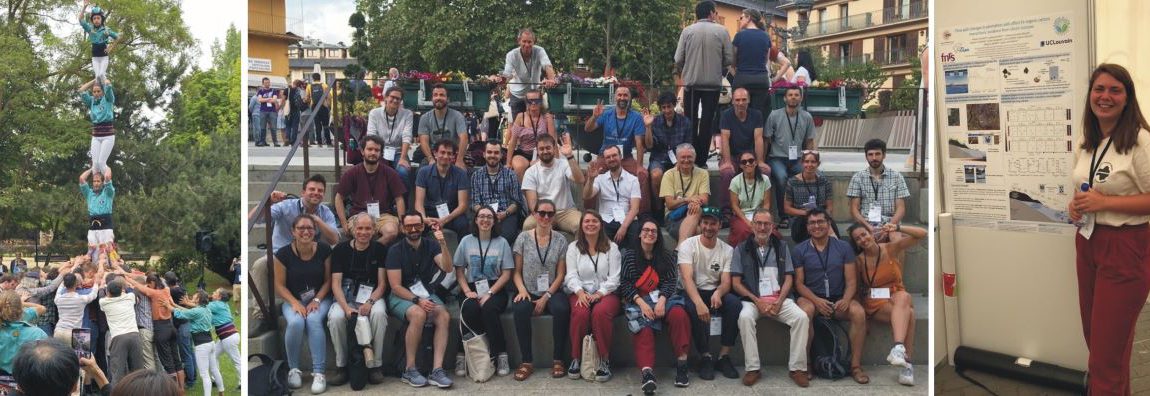
EAG sponsored student Maëlle Villani breaks the ice at the 6th European Conference on Permafrost.
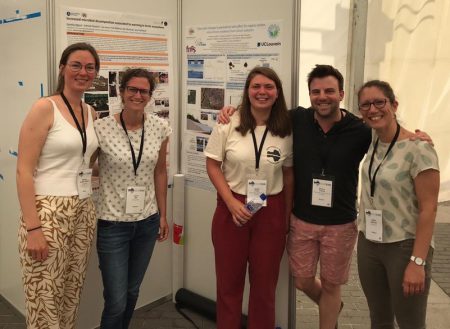
My participation at the 6th European Conference on Permafrost (EUCOP 2023, Puigcerdà, Spain) was a big opportunity to share my work on European permafrost thanks to my poster entitled: “Flow-path changes in permafrost soils affect Fe-organic carbon interactions: evidence from silicon isotopes”. It was an enriching experience both professionally and personally. I had the chance to meet young and well-known researchers with whom I was able to discuss my research and received a lot of feedback to help me advance my thesis. I also made some good friendly contacts during the ice breakers, the lunches, the banquets, and the excursion.
With the UCLouvain team, we have a fieldwork campaign in Alaska from September to November 2023 and this conference came at the right time to receive new ideas such as, techniques for sample filtration and preservation, and relevant chemical analyses to be carried out on our samples, which will have a direct impact on my PhD thesis. The oral sessions were also very beneficial for me, as I was able to make links between my research and the research carried out in other laboratories and to learn new concepts. I also came away with new contacts who are ready to collaborate with, both in terms of their field equipment and laboratory analyses, and in terms of their expertise and invitations to visit research laboratories.
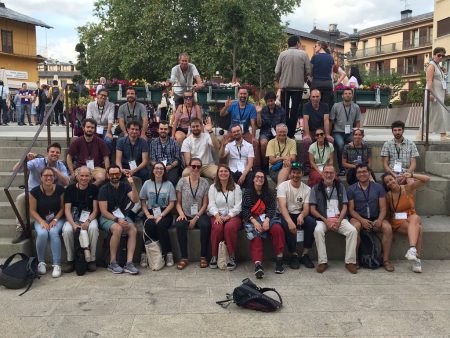
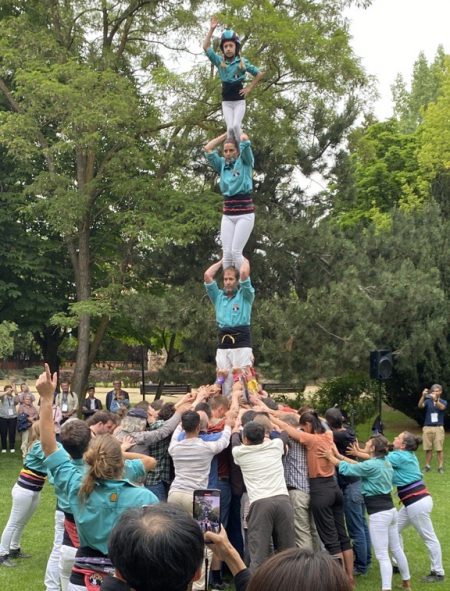
My personal experience on the event was very nice! We travelled from Belgium to Spain by night train, which was very tiring, but we were very proud not to have flown to this conference! We then arrived in Catalonia which is so beautiful and very welcoming. We quickly got our bearings with the talk sessions taking place at the cinema, casino, museum, or library of the small town, which made the conference very charming! The social activities were very well organized, during which we met many young researchers thanks to the PYRN (Permafrost Young Research Network) workshop, which made it easier to break the ice. We then met the whole community during a barbecue and discovered a local custom: the Castellers, a so-called “tower of humans”. In order to discover the local region an excursion was planned during the conference, where we visited the Nurià Valley. Getting a breath of fresh air in the middle of the conference was very beneficial, and made it possible to meet the scientists in another environment.
If I had to give advice to other students who have the opportunity to attend this conference, it would be to share your subject as much as possible with this community, especially if it concerns geochemistry. Geophysics and remote sensing are disciplines that have a great place in the field of permafrost research, and it is important to show the links that can be made with geochemistry to make even greater steps in permafrost research! Thank you very much EAG for funding my participation at this conference!
